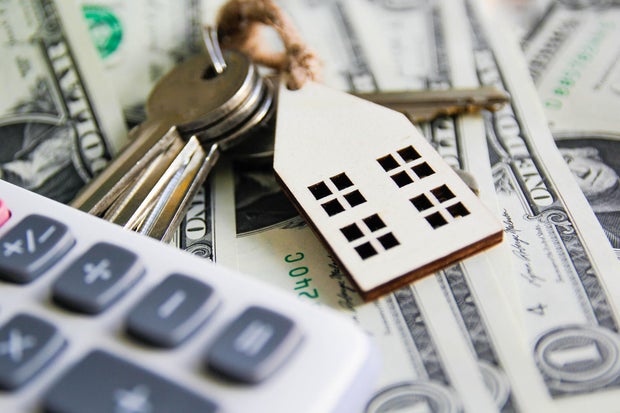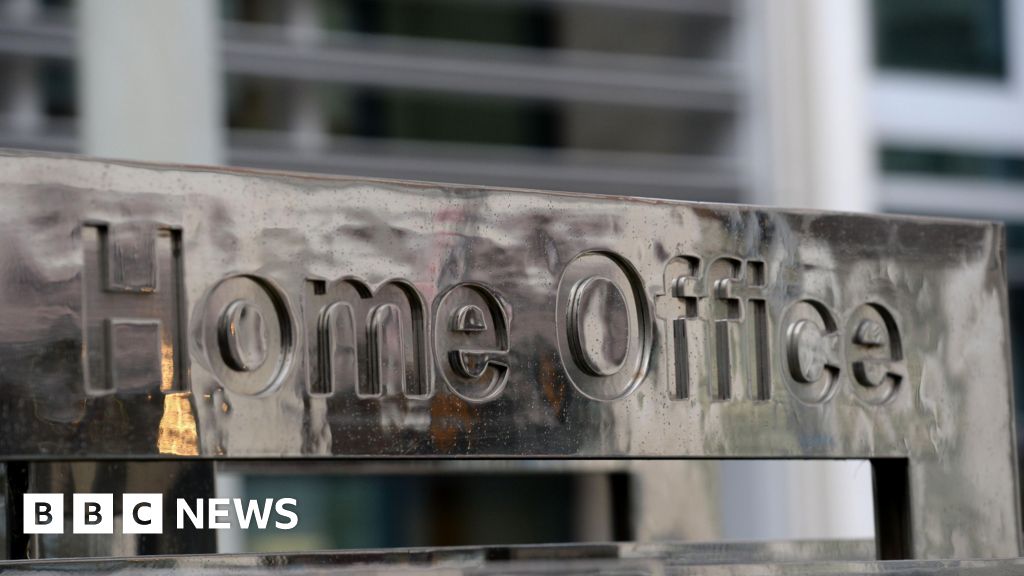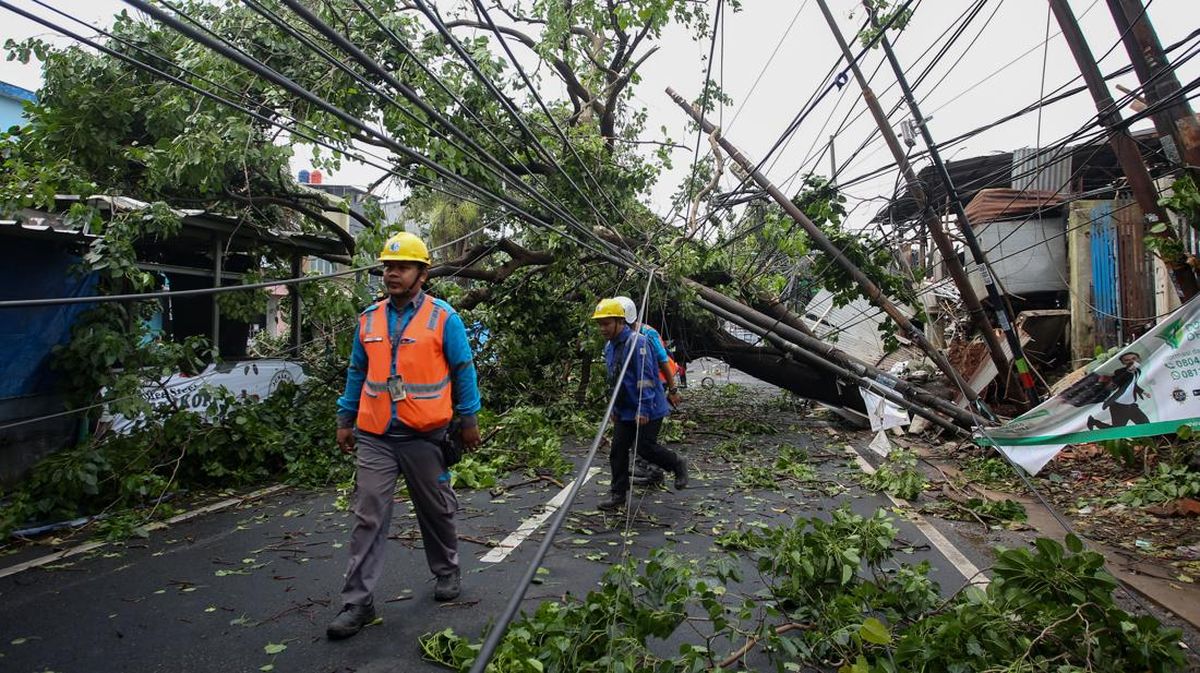 As mortgage rates continue to fall, the decline is reshaping the housing market for homebuyers.
Kinga Krzeminska/Getty Images
As mortgage rates continue to fall, the decline is reshaping the housing market for homebuyers.
Kinga Krzeminska/Getty Images
After several years of painful affordability pressures, mortgage rates are finally edging lower. Case in point? Just before the Federal Reserve's September 2025 rate cut, average mortgage rates dipped to 6.13%, the lowest point for mortgage rates in the last three years. Rates then bounced back briefly in early October, only to slide again in recent weeks. As of now, 30-year conventional mortgage rates hover near 6.19% on average, and with another Fed rate cut all but expected on October 29, many lenders are already starting to price that shift into their rates.
That's welcome news for would-be homebuyers, many of whom have spent years waiting out the high borrowing costs that followed the record-low mortgage rates offered during the pandemic era. And, while today's 6%-plus mortgage rates may still sound high compared to the prior 3% levels, they represent a meaningful improvement from the 7% to 8% range seen as recently as earlier this year. For many borrowers, that shift alone could make monthly mortgage loan payments significantly more manageable.
Still, the effects of falling mortgage rates reach far beyond individual affordability. As rates slide, the broader housing market tends to react quickly, and not always in predictable ways. So, what should homebuyers expect the housing market impact to be as mortgage rates continue to fall? That's what we'll examine below.
Find out how affordable the right mortgage loan could be today.
3 ways falling mortgage rates could impact the housing market (and homebuyers)
Here are a few big ways today's rate environment could shape the housing market and what it means for those hoping to buy soon:
More buyers could re-enter the market
One of the most immediate effects of falling mortgage rates is a rebound in buyer demand. When borrowing costs drop, sidelined homebuyers tend to jump back into the market, hoping to take advantage of lower monthly payments and potentially lock in a cheaper long-term mortgage loan.
That dynamic has already started to play out. According to the Mortgage Bankers Association, refinance and purchase applications both rose following the Fed's September cut, and a similar surge is likely to occur if the Fed follows through with another reduction this week. After all, even a small decline from 6.19% to about 6% could save buyers hundreds of dollars per month on a typical mortgage, which may be enough to sway hesitant buyers.
However, that increased demand can be a double-edged sword. When more buyers flood the market at once, available inventory can tighten quickly, leading to faster price growth and more bidding wars. So, if you're ready and preapproved, acting sooner rather than later could help you get ahead of renewed competition.
Compare your top mortgage loan options and lock in a rate now.
Lower rates could boost home prices again
As mortgage rates fall, affordability improves, but that doesn't always mean homes become cheaper. In fact, falling rates can often lead to the opposite: renewed price growth. That's because when more buyers can afford to enter the market, demand can outpace supply, putting upward pressure on prices.
We've seen that happen before, and that trend could return this fall if supply remains low. After all, many current homeowners are still locked into the ultra-low mortgage rates they secured in 2020 and 2021, which discourages them from selling. As a result, the number of homes on the market hasn't risen meaningfully in most markets, even as demand shows signs of life.
If the Fed's upcoming rate cut pushes 30-year mortgage rates closer to 6% or even slightly below, price gains could accelerate through late 2025. For buyers, that means the affordability improvements from lower rates could be partially offset by higher home values, which is a frustrating paradox that's become familiar in this rate-driven market.
Borrowers may gain more purchasing power
While rising prices may offset some of the benefits, lower rates still translate to stronger purchasing power for most buyers. When interest costs fall, borrowers can qualify for larger loans with the same monthly payment, which is an especially important shift after several years of declining affordability.
For instance, a buyer with a $2,500 monthly housing budget could afford a $410,000 home at a 6.13% rate, compared with roughly $380,000 at 7%. That extra $30,000 in purchasing power can open up more neighborhoods or property types, giving buyers more options and leverage in negotiations.
This could also breathe new life into segments of the market that have stagnated. For example, with more buyers able to stretch into higher price ranges, sellers in the mid-tier and move-up home brackets may see stronger offers. Still, any meaningful shift in affordability will also depend on how quickly and how far mortgage rates actually fall.
The bottom line
Mortgage rates have fallen from their recent peaks and could decline a bit further following the Fed's likely October rate cut. For buyers, that could mean lower borrowing costs, more purchasing power, and, at least temporarily, an easier path to homeownership. But if demand rebounds and supply stays tight, it could also reignite competition and price pressure in an already strained market.
As a result, the best move for homebuyers to make now is likely to watch the data closely, get preapproved to lock in a rate if it dips further and stay realistic about how local market conditions could evolve. Even in a falling-rate environment, timing and preparation remain important components of getting a good deal on a home.
Edited by Matt Richardson


















































